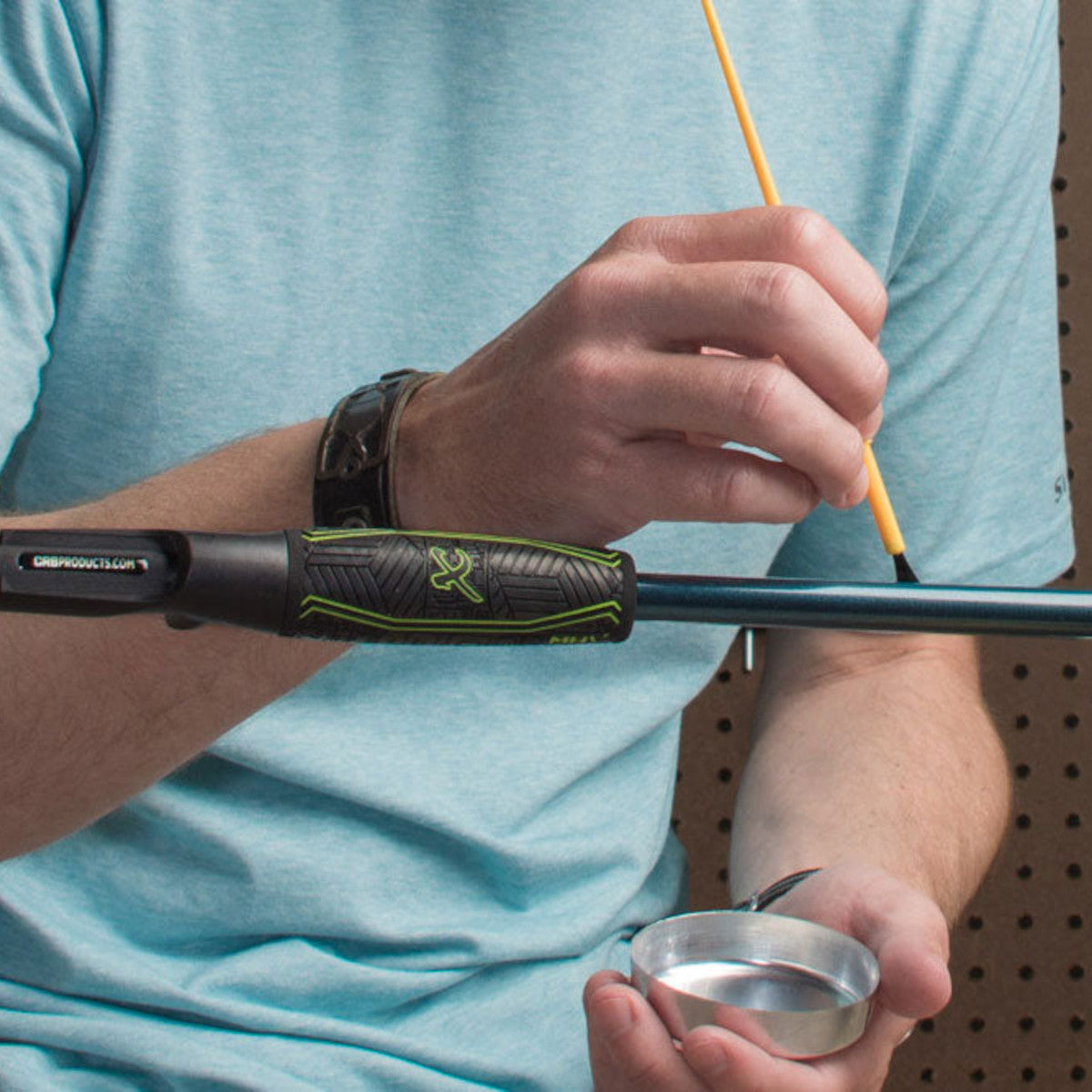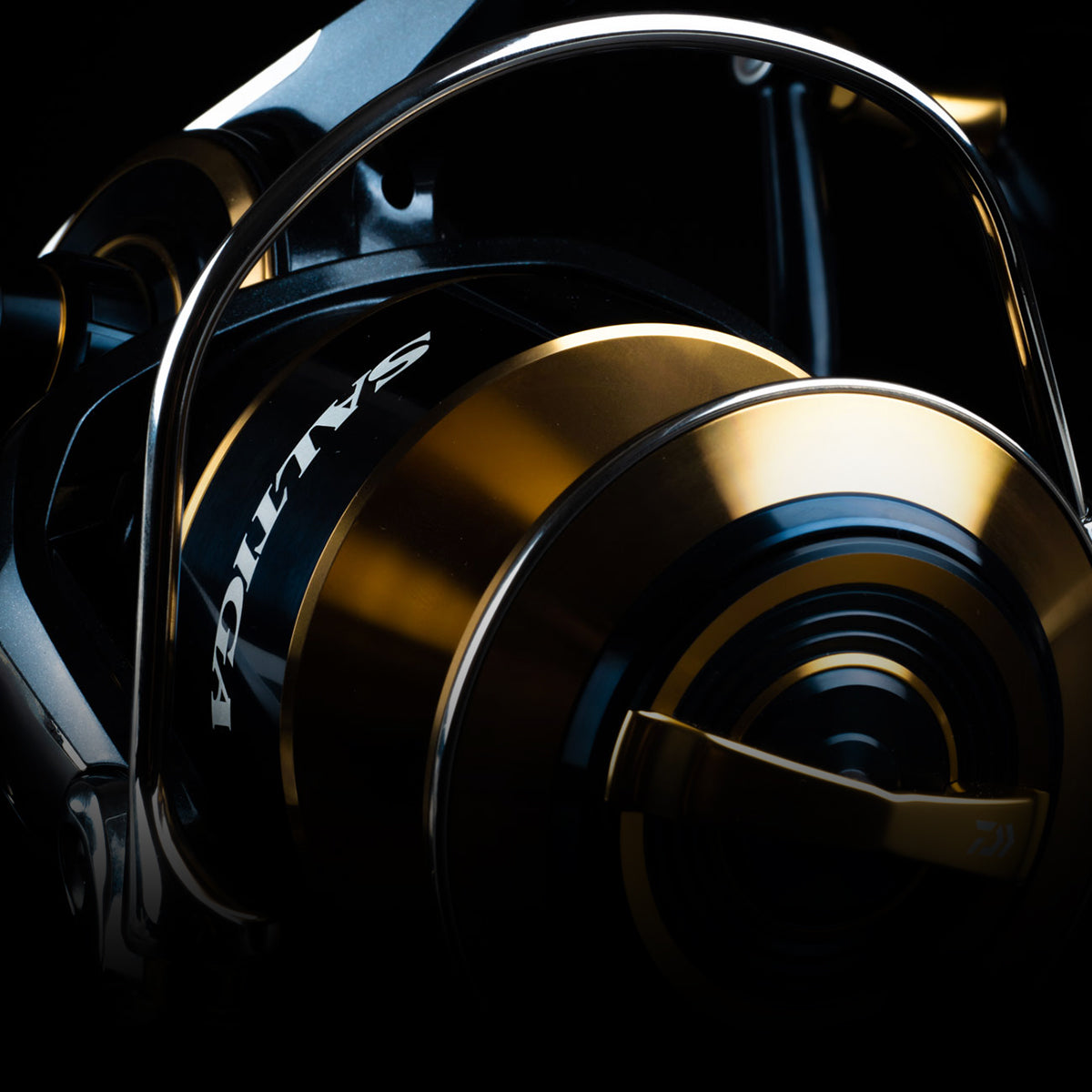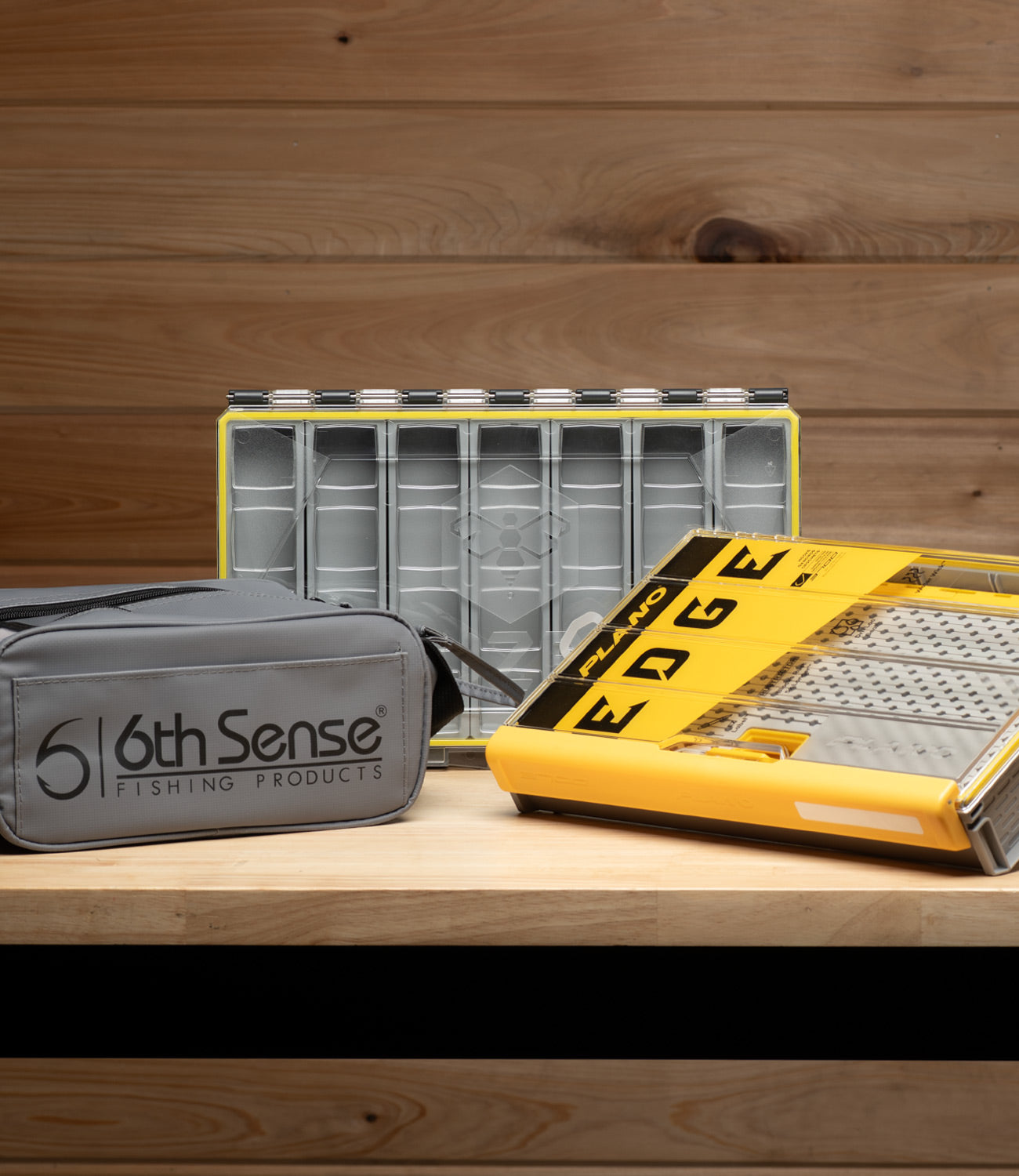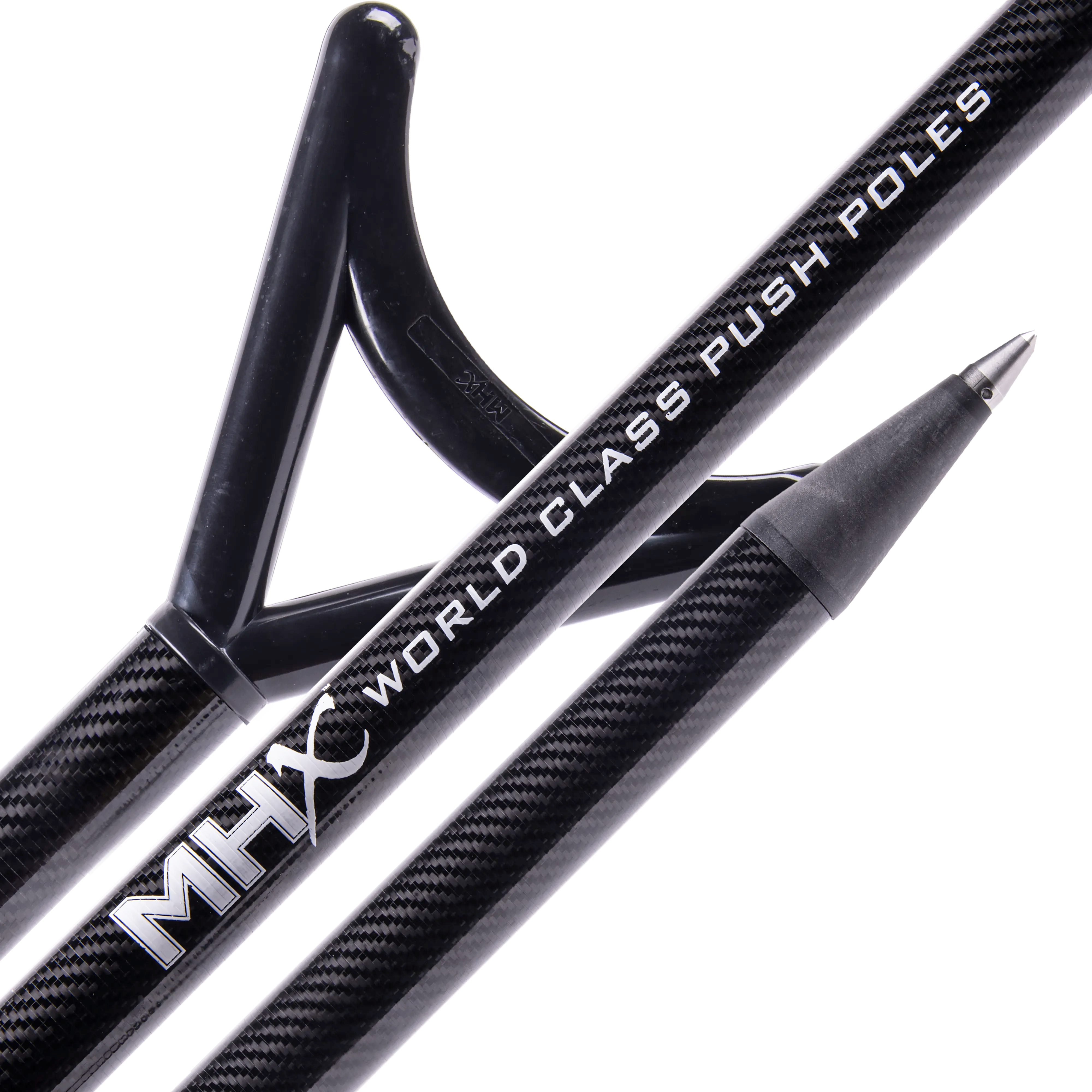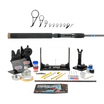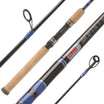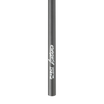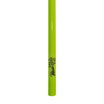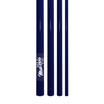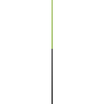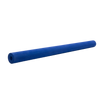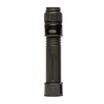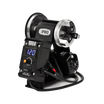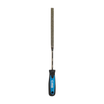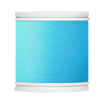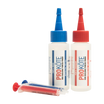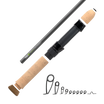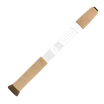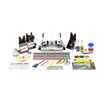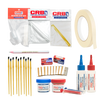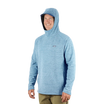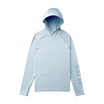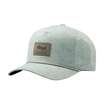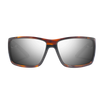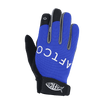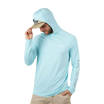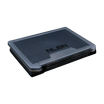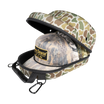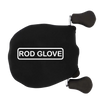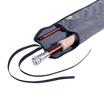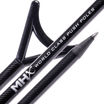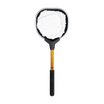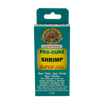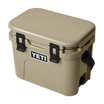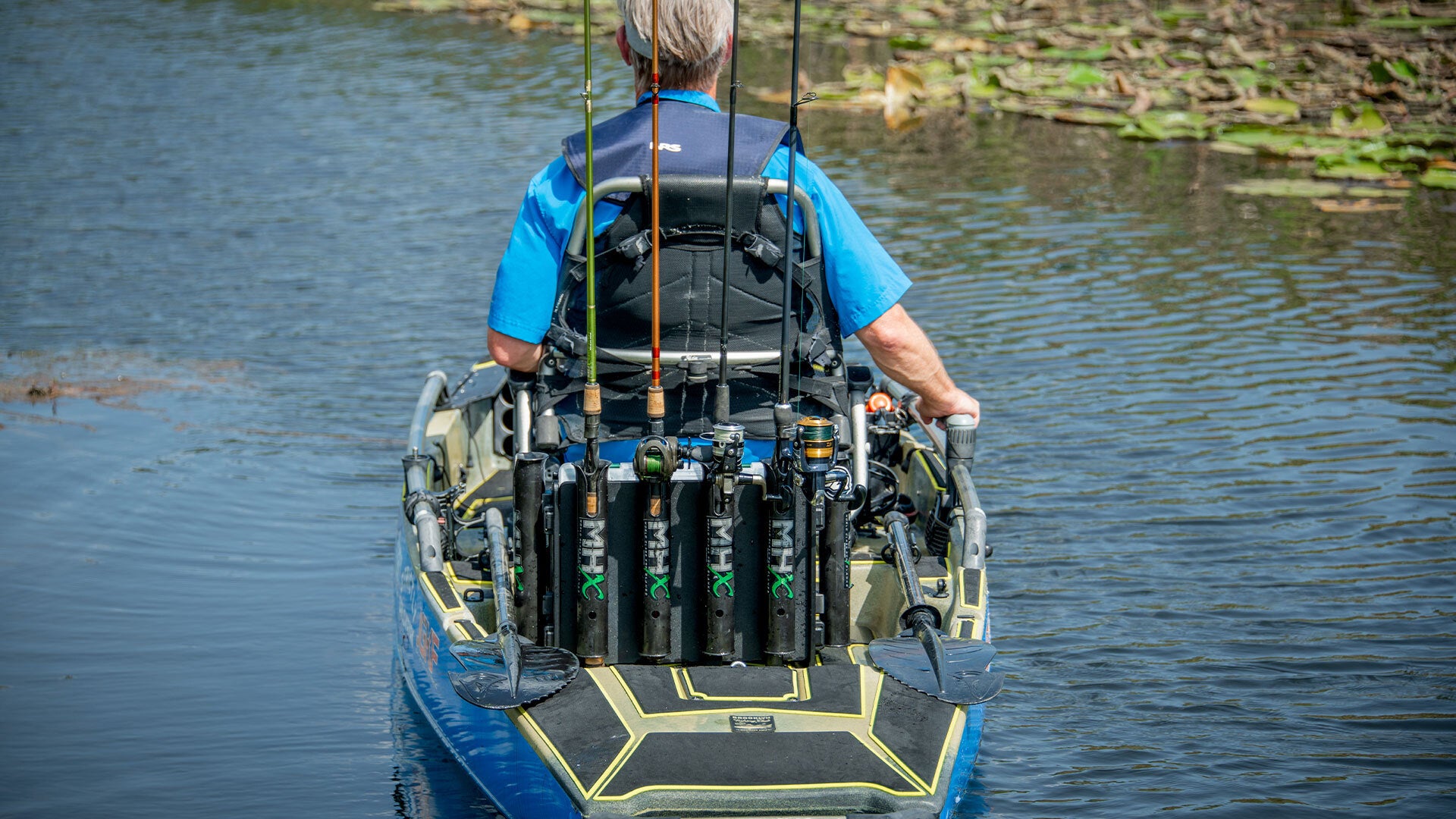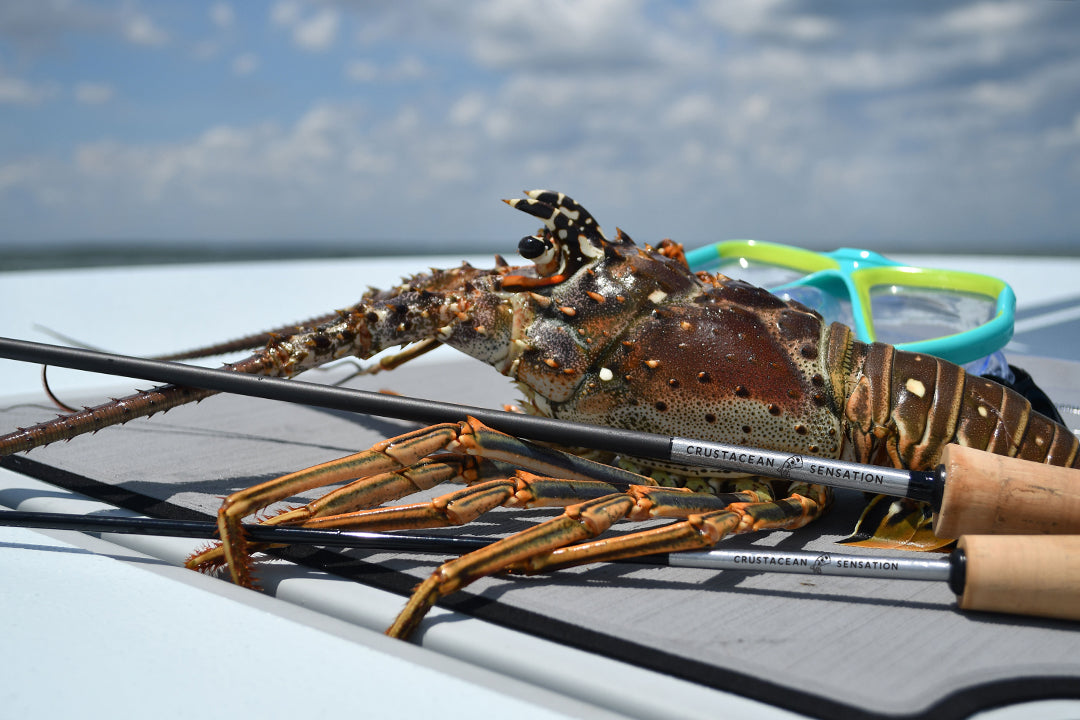Without a doubt, one if the most exciting ways to catch bass is frog fishing. No matter if you like to walk-it, pop-it or buzz-it, throwing a frog around cover just puts a smile on any angler’s face! One of the key words to frog fishing is cover. Typically, bass are not just swimming around in open water eating frogs, so we must be sure we build a rod accordingly.
More goes into choosing the right frog rod than just pulling a broomstick off the rack and filling your reel with 65lb braid. Designing a rod around the type of frog you throw and where you fish it, will get you more bites and land more big fish. 
I think it is safe to say we need to go through a check list of what makes a great frog rod. Putting aside reel seat, handle and guides as those can be a comfort thing, let’s start with the blank.
Frog Rod Length
We almost always start a rod blank discussion with length or that is the first question I ask if someone says, “I want a perfect _____ rod.” How do you want it? Well, some people know, and others want recommendations. As with anything I believe there are outliers.
Can you build a 7’11” frog rod? Sure, I have seen someone request it. Would I suggest it? No, but welcome to custom rod building. I do not feel an angler can properly work a frog at any distance with a rod blank almost 8 foot in length. Granted, I have thrown a buzzing style frog where it is just a chuck and wind scenario, but I wouldn’t necessarily call that frog fishing. That is something you can also throw a swimbait like a Big EZ or other paddle tail baits.
In addition, I would suggest anything under 6’8” is probably not going to be a great frog rod. “But what about skipping”, you ask? I would argue if you can skip a 6’6” you can skip a 6’8” and feel you are limiting yourself considerably when you start to get under the 80 inch blank length.
Now that we have established our outliers, I want to touch on two blanks I would say are at the maximum and minimum frog rod length limit.
For a maximum, I typically say 7’6” is the limit. In addition, I do not personally like a 90-inch rod blank for frog fishing. I think sometimes they feel a little clubby since a frog rod tends to be a heavy power blank. Granted, not all feel that way, but I fish very few rods that are 7’6” or longer.

Specifications: 7'6" | 10-20 lb. | 1/4 - 1 1/4 oz. | Mod-Fast Action | Medium Heavy Power
One exception, a flippin’ stick. If you must fish a 7’6”, I like the FS904 by MHX. Even though the FS stands for flippin’ stick it is quite nimble for its length and casts a hollow body frog quite well. It is available in Slate and White finish and the moderate fast action is not necessarily a bad thing in frog fishing. When fishing straight braid along with a quick reaction time can lead to missed bites on a frog. The action of the FS904 allows a big fish to load up on a frog without pulling it from that fish's mouth.
Now for the minimum. This one I am actually partial to even though I refer to it as the shortest frog rod I would reccommend. The 6'10" blank from the Elite Pro Series by MHX is the NEPS82HF. For someone who needs a blank to skip a frog under docks or around lay downs this 82" Elite Pro fits the bill perfectly. Not only is it lightweight but it features the Nano Resin system which increases not only break strength but also impact strength.

Specifications: 6'10" | 12-25 lb. | 1/2 - 1 oz. | Fast Action | Heavy Power
The shorter length not only gives you increased accuracy but also extraordinary control over the frog whether you walk-it or pop-it. So for those fishing in areas where boat dock are prevalent or river systems with under cut banks and wooded shorelines, look not further than the NEPS82HF.
Side Note* The NEPS82HF fits into the American Tackle Tsuka 2 handle system which allows you to increase the length of that blank roughly 6" while maintaining the same action and power.
The Ideal Frog Rod

Now that we have established our length range let's talk about my choices for the ideal frog rod.
Keep in mind these suggestions are based on what I mentioned before, the type of cover you are fishing. We know is can be wooded banks, emergent vegetation like lilly pads and kissimmee grass or submerged vegetation like milfoil or hydrilla.
The MB874 by MHX
If all I know is frog fishing aroundvegetation I am pulling my favorite frog blank and that is the MB874 by MHX. At 7'3" I feel it is the perfect in-between length of a standard 7-footer and one that is a little long at 7'6". The MB874 is 87 inches and a 4-power which is a heavy. This coming from the Mag Bass taper it has a fast action to help you work the frog in small open water pockets in heavy vegetation and the incredible mid and butt section power helps you land more fish.
P.S.- This also comes in an MB874 Rod Kit.

Specifications: 7'3" | 12-25 lb. | 1/2 - 1 oz. | Fast Action | Heavy Power
Yes, those are metallic blanks. This MB874 comes in 14 colors!
As much as I love the MB874 I will say, it is fast and it is powerful. So, depending on your current frog rod, you might want to give that fish an extra fraction of a second before you set the hook after a spectacular frog eat.
Side note* These frog builds are for straight braid. I do not reccommend running braid with a leader in any heavy cover frog situation.
The FP885 by MHX
Now for the big dog. Some of you may already have one of these and if you do and haven't thrown a frog on it, well you are missing out. This is the super heavy cover frog rod. Yes, I know it is in the Flippin and Pitchin' series but like the FS904 above it is surprisingly agile and the reserve power is unmatched in a blank this size.
Again, I will say, this is not a braid to leader rod. The FP885 is a 50-65lb straight braid, strong hooks, nasty cover kind of rod. Think Okeechobee, Lake Toho or Chickamauga type froggin'. It has countless cashed checks on the Pro Tours and a famous FLW Cup win.

Specifications: 7'4" | 12-30 lb. | 3/8 - 1 1/2 oz. | Mod-Fast Action | Heavy Power
I like it because although it says it is moderate-fast, but it does not necessarily feel that way when you fish it. I think mainly due to the taper and the technology that went into the entire FP Series. This FP885 does more than just flip and frogging is at the top of that list. At 7'4" the distance and cast-ability with a hollow body or buzzing frog is exceptional and walking the frog in potholes or sliding it across floating vegetation is smooth and calculated.
As with the MB874 above the FP885 also comes in 14 colors including metallics finishes. Don't forget to incorporate some decorative threadwork into your custom frog rod. Not saying it will get you more bites, but it probably will. If you are short on ideas, just match your favorite color hollowbody frog!

Frog Rod Handle Section
A very important part of any frog rod build are the components, especially in your handle section. Keep in mind this rod will be in your hand during the hottest months of the year are typically for long periods of time. This is not the time to experiment on reel seat options.
With considerations like sensitivity out the window, the seat you choose needs to be comfortable and durable for the task of pulling big bass out of cover. Never thought you would ignore sensitivity in rod building, huh? We know the bite is all visual and we have also come home with a blister from an uncomfortable reel seat. I will stick with what I know and trust. If you have read any of these blogs or watched just one of the 113 episodes of Mud Hole Live, you know I am choosing the Fuji ECSM reel seat.


Frog Rod Guides
I will not spend too much time on guides but I want to bring attention to guide sizing. This is one of those times where you can get away with smaller running guides and even micro sized guides. For those wondering about micros, we are really just talking about guides smaller than size 5.
With about 99% of bass anglers throwing a low profile baitcaster there is really never a reason to start a guide train with a double footed guide larger than a size 8. Now, I personally believe to never start a set where I am using a low profile bass reel larger than a size 6 but I understand if that is not for you.
We do have a number of excellent guide sets from CRB, to Fuji and American Tackle and all of their offerings will build an excellent frog rod.
If you do want to expand a little, have a look at the Fuji and American Tackle running guides that come in a size 4.5. The Fuji is a Model L running guide and the American Tackle is the TiForged Running guides. Some builders do not even know a size 4.5 exists, but once you do, it will be hard not to use them. Those are Bob McKamey's favorite running guide size, so you know they are right!
Frog Rod Hook Keeper
I will leave you with the hook keeper section as I normally do. It is a last but not least reasoning. I hope that those who might even skim over this article or just scroll to the bottom will see the hook keeper section. I can not tell you how many "rod repairs" I have done that only consist of replacing the hook keeper or moving it to another location.

Here is the Hook Keeper dos and don'ts.
Do - Use a drop shot or open size hook keeper and place it 1" above the foregrip or winding cone.
Don't - Use an enclosed hook keeper or place it in the split grip section. It will catch on your clothing, scratch you or just get in the way.
The hook keepers I reccommend are the CRB drop shot hook keeper and the CRB arrow hook keeper,
With that I will close our Frog Rod Blog. Hopefully I have given you a few ideas on either what to do or what not to do. Both can be quite helpful. As always, if you have any questions, do not ever hesitate to reach out to the exceptional Mud Hole Customer Service.


